In advance of the official Asteroid Day Live event that will take place on 30 June, a member of the EU-funded NEOSHIELD-2 project has warned it’s just a matter of time before an asteroid strikes the Earth.
Visible-light imaging of the heliosphere has revolutionised the study of solar wind by adding to in situ measurements. Building on this advance, European space scientists are combining their expertise to generate unique catalogues and advance our understanding of the whole Sun-to-Earth system.
3D printing is potentially of great use to lunar exploration. Weight is a key constraint in space travel and the ability to create structures in situ, using lunar materials and solar power could bring lunar colonisation one step closer.
The question that has been intriguing us for decades, ‘Is there life on Mars?’ should be rephrased in the light of NASA’s announcement last week. The new burning question is, ‘Is there life on Enceladus?’
New research has cast new light on the Earth’s early atmosphere, which was dominated by thick clouds of methane. These methane clouds forced hydrogen to leave the atmosphere, allowing today’s oxygen-rich air to develop.
Utility field work can be a real headache even with precise maps at hand. Admitting that they rapidly manage to locate the sought network, workers may end up damaging grids belonging to someone else. This type of scenario will soon be avoidable thanks to an assistive device developed under the LARA project.
The discovery of glowing stardust in a distant galaxy could shed more light for astronomers on the characteristics of our early Universe.
MOTIT — an electric scooter renting service made available by means of a dedicated app — has come a long way since its launch in Barcelona in 2013. The system is will soon be available in Milan and is being tested in Paris. But this growth didn’t come without improvements. Complaints from users having difficulties in locating their scooters have led to the conception of a Galileo receiver and its integration into MOTIT scooters as part of the G MOTIT project.
The EU-funded SPECULOOS project has helped to find the most incredible star system to date as seven Earth-sized planets were recently spotted orbiting the nearby star TRAPPIST-1.
EU-funded PEASSS (Piezo Electric Assisted Smart Satellite Structure) project took part in history as India’s space agency (ISRO) mega launch broke Russia’s previous 2014 record.
Japanese spacecraft have observed a giant wave in the atmosphere of Venus, which may be the largest of its kind in our Solar System. The wave is thought to be generated in a broadly similar way to the surface ripples that form as water flows over rocks on a stream bed.
EU-funded scientists have helped to confirm the existence of Earth-like exoplanets and issued weather reports from planets 1 000 light years away.
Located nearly 11 000 light years away, a recently discovered star could provide EU-funded astronomers with new clues as to how the universe’s most massive stars are formed.
Astronomers of the European Southern Observatory have discovered that Proxima Centauri, the closest star to our Solar System has a planet that may have the right features to support life on its surface, a groundbreaking discovery as this makes the exoplanet the closest possible residence for alien life outside our Solar System.
Research aided by the DELICAT project has highlighted how turbulence can be detected in a much faster and more efficient way, using data already routinely broadcast by commercial airlines.
The EU-funded EUROPRUNING project has implemented a true pruning-to-energy value chain by introducing new technology and by removing barriers to the use of agricultural residues as an energy resource.
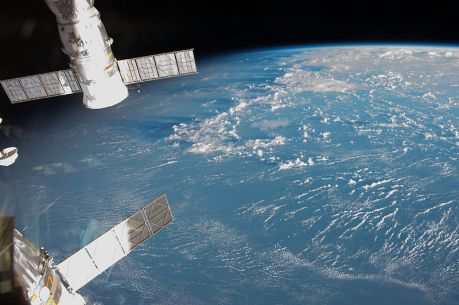
Maintaining satellite orientation during orbit may soon be accomplished by a levitating sphere that boasts reduced mass and greater reliability than conventional systems. EU-funded scientists have taken the lead in this direction.
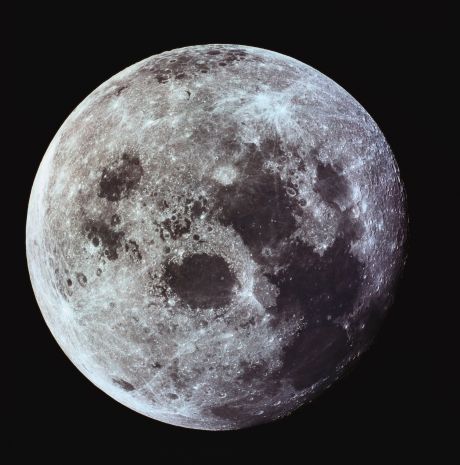
Researchers are modelling the chemical processes active when the moon was first formed to better understand the geochemistry of the moon today.
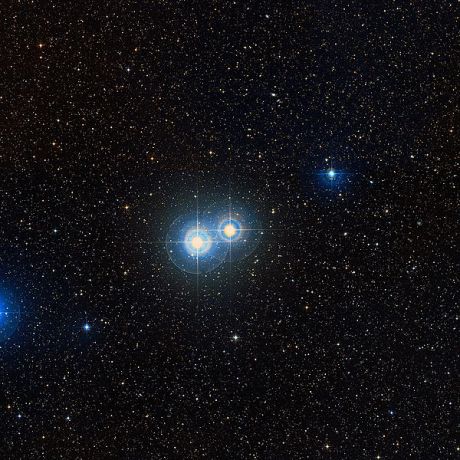
EU-funded physicists have gained glimpses of the interior of neutron stars, combining observations with theoretical calculations to pin down the nature of matter in these ultra-dense stellar corpses.
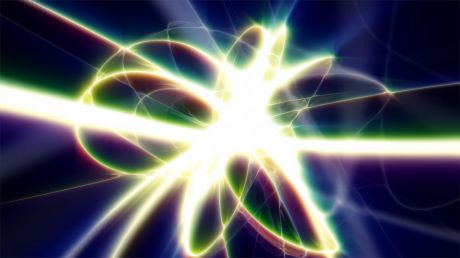
In the interstellar medium and circumstellar environments, complex molecules and dust are formed from heavy elements, which are combined according to the physical and chemical conditions that they experience. EU-funded scientists have developed a theoretical framework to study in detail this cosmic nanoworld.
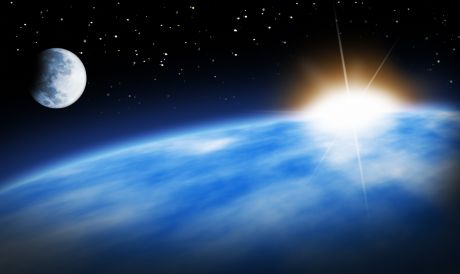
Humans and robots face many hazards when they leave behind the protective shield of Earth's atmosphere. It is vital to estimate every threat so that the best countermeasures can be taken.
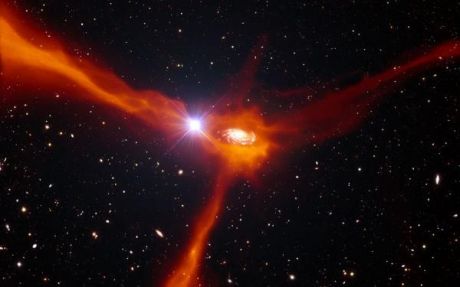
This year gravitational waves were detected for the first time, from a pair of merging black holes. An understanding of neutron star mergers will be crucial for the interpretation of their gravitational wave properties.
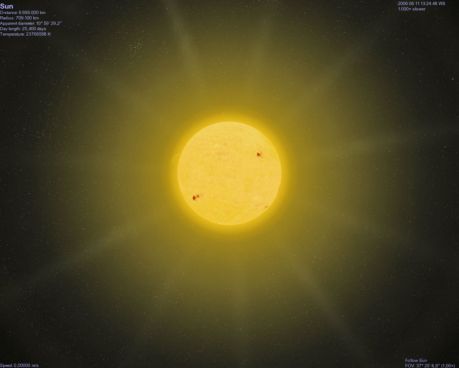
EU-funded scientists have established the occurrence of magnetohydrodynamic (MHD) turbulent energy cascade in solar wind plasma through the observation of an exact law from spacecraft measurements.
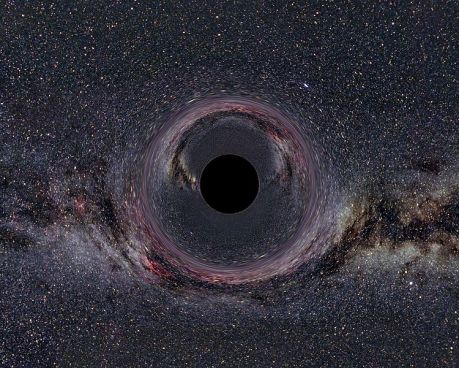
There is strong evidence that Sagittarius A*, the supermassive black hole at the centre of our galaxy, was more active in the past. EU-funded astrophysicists, studying X-ray emission in the neighbourhood, found signs of dramatic changes.
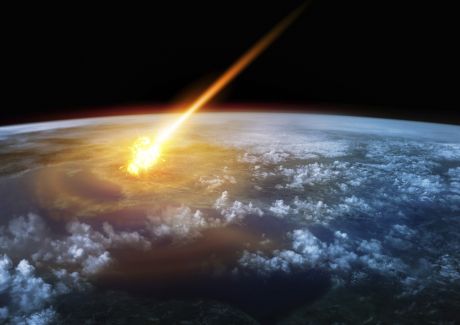
It may be hard to imagine that something that is inflated can survive the high heat and friction during re-entry into the Earth's atmosphere. But, a group of EU-backed researchers thought that an inflatable heat shield could be the solution to one of the many engineering challenges to bringing objects in space back down to Earth.








